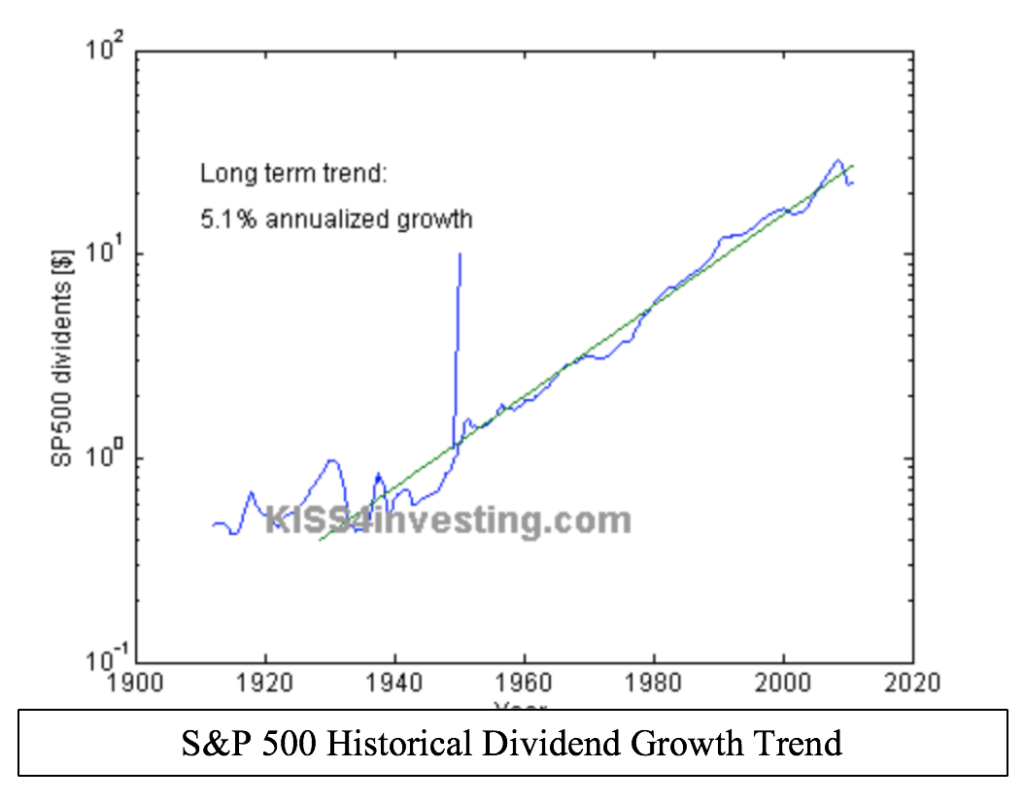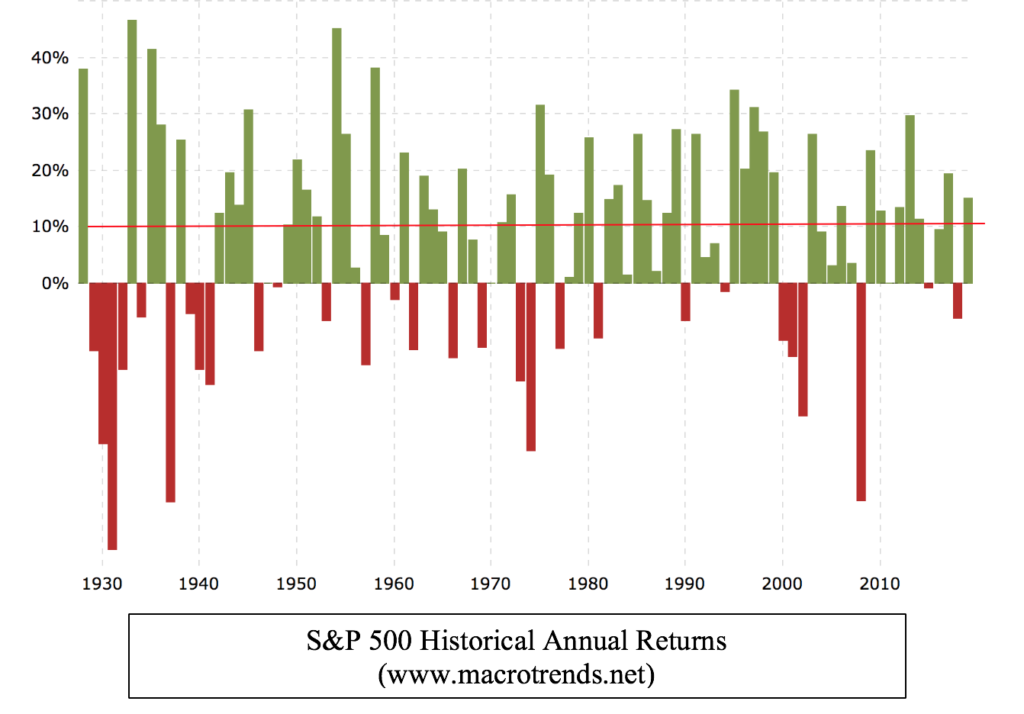
I wrote about my principal-protected investments in a February blog post (Market neutral investing). Those are only a tiny fraction of my portfolio. I only use them for my liquid capital—money that I might need in short order and therefore can’t be tied up in ordinary stocks.
In the same blog post, I also shared a list of all my currently active protected investments. Two of those positions (Wells Fargo and Intel) expired last week. And even though both stocks ended up below my cost bases in them, I didn’t lose my principal. In fact, I got minimum expected return (still positive) of 1% and 0.33% on them.
Such is the benefit of so-called defined outcome investments. One sets them up for a limited period of time (mine are one to two years long) with preset levels of gains and losses.
I had previously written about my home-brewed structured investments where I create positions (using long-dated stock options) that limit my downside exposure. I have been doing them for years. See this blog post for background.
However, these investments are not for everyone. To do them effectively requires good understanding of how stock options work. Most individual investors are better off keeping short-term savings in cash, CDs, or short-duration bonds.
Enter Innovators defined outcome ETFs. These are only recently introduced in the market. And they are easily accessible to individual investors. They essentially serve the same purpose as my own bespoke investments. Or structured products from big investment banks that are only available to accredited investors.
These ETFs track the S&P 500 index and come in three distinct flavors—each with a different downside buffer (9%, 15%, 30%). Protection period is about one year long, and upside caps vary since they depend on overall market volatility.
What is defined outcome investing. Here’s an explanation from Exceed:
Defined outcome investing refers to an investment method which shapes the potential outcomes of an existing index or security (e.g., the S&P 500) to fit pre-set protection and return levels, allowing for a more controlled investment experience. As such, they are uniquely able to deliver market exposure while satisfying the psychological needs of investors.
At first glance, these ETFs seem like reasonable investment products, and yet I would not use them in my investing for the following reasons:
Buffer, not protection: There is a reason why they are called buffers. These ETFs only buffer us from potential losses up to an extent. They don’t provide full protection. For example, If I were to invest in a 9% buffer ETF and the S&P 500 goes down by 30% when the ETF expires, I would still see 21% capital loss (30 minus 9) in my account. It’s better than taking a 30% loss but it’s still a loss. This is akin to some peace of mind but no real principal protection. In this way, these securities are more like my buffered collars that I’ve occasionally written about in the past.
Expensive: Innovator ETFs have 0.79% expense ratio. I could create one for myself far cheaper than paying them 0.79% annually. Consider my Apple collar, for instance. At Fidelity, I paid total commission of $26.76 to buy Apple shares and open call/put options on them. I invested about $94,000 in that position so my overall expense rate was a tiny fraction—0.03%. Far less expensive than the ETFs.
No dividends: Unlike investing in an S&P 500 index fund, I won’t get any dividends if I invest in these ETFs. Today, the S&P 500 pays an average dividend of 2% annually. But because these ETFs only hold options (not any underlying securities), investors don’t get dividends. Note that when I build my own protective collars, I do get dividends. It’s because I hold stocks as part of my structured investment.
Combined with an expense ratio of 79 basis points, we investors will in effect be paying about 2.79% every year for holding these ETFs. Over a multiple year period, this would amount to a pretty significant toll on returns.
Most S&P 500 companies raise dividends over time. Average long-term dividend growth trend for the S&P 500 is about 5%. If I invest directly in an S&P 500 fund, I get that dividend growth too.

I consider reinvested dividends an important factor for my portfolio returns. In a previous blog post (Revisiting the lost decade of U.S. stocks), I showed how reinvesting dividends over a period of 12 years generated 26% higher return while investing in a flat market.
There is beauty in simplicity. Most investors probably don’t want to invest in complex securities like these. I do but only to the extent of generating higher-than-cash returns on my liquid capital. Would I consider these defined outcome securities (either my own or these ETFs from Innovator) for my long-term investing? No.
Limited upside: The biggest reason not to invest long-term savings in such securities is the upside caps. I would never want my portfolio to have its upside potential capped for the sake of some downside buffer. The whole reason for my investing in stocks is to take advantage of their higher returns than most other asset types.
Consider Innovator ETFs’ offer, for instance. Upside caps have been 8% to 12% depending on which buffer series I pick. That upside limit looks almost benign but in fact it is not. Even though the stock market’s long-term average annual return has been about 10% but year to year variations are huge. Look at the below chart of historical S&P 500 returns:

Now draw a line at 10% through it. See all those years where returns have been greater than 10%; those are the ones I’d miss out on.
As a long-term investor, it doesn’t make sense to invest my growth capital in securities that are more expensive than ordinary market-index funds, pay no dividends, and also limit my upside gains. Only to avoid seeing paper losses. And yet I don’t see them as losses. I see them as swings in my portfolio’s value. My portfolio fluctuates in value over time but that’s inevitable. No investor, big or small, is immune from that. It is how stock investing works. It would be so much better for us investors to train our minds to accept stock volatility, rather than find ways to avoid it.
Lost respect on the article when I read that you don’t get dividends on options… Option prices do reflect the implied dividend on it’s price… Plus for many folks, capping upside for the guarantee of maximum downside is a tradeoff worth considering by many.
It’s true that stock options prices in some dividend effect implicitly, but only marginally. Keep in mind that the Black-Scholes formula, that is often used to figure fair value of options, reflects the value of European style options that cannot be exercised early and do not pay a dividend. Here’s an article to read more about it: https://www.moneyshow.com/articles/optionsidea-43422/
My experience from years of investing in options that it’s not difficult to find robust dividend-paying businesses whose options ‘under-prices’ their dividend paying prospects. Hence, i am better off investing in the underlying securities and collect dividends directly.
I mentioned in the article that I use these “upside-capped downside-limited” structured products in my portfolio too. But I only use them in a limited way.
One more thing … the specific ETFs I mentioned in the article (Innovators) only provide limited downside protection. Up to an extent (so called buffers) but no guarantee of max downside limit.
Thanks!
If I invest in a defined outcome fund with a 9% cap and protection between -5% to -35%; how much would I lose if at the end of the period the market was down -40% or it was down -15%? I am only concerned with the impact on cash.
Also what would stop me from selling the etf once the cap is hit? Therefore not limiting my gain. Then I would just reinvest?
Thanks
If the market is down -40%, then you will lose -30% of your capital at the end of the period. If it is only down -15%, you will lose -5%.
Your upside cap is 9% but you usually won’t get full upside unless you hold on to the ETF until the period is completed (1-year in Innovative ETF case). If you sell early, you likely won’t get full 9% upside. How much you will get then? It depends on multiple factors including market volatility, how much the market is up by, and how close the ETF is to its expiration.
If you want to invest in these type of defined outcome ETFs, the best thing is to invest on day one and stay invested until the expiration. Good luck!